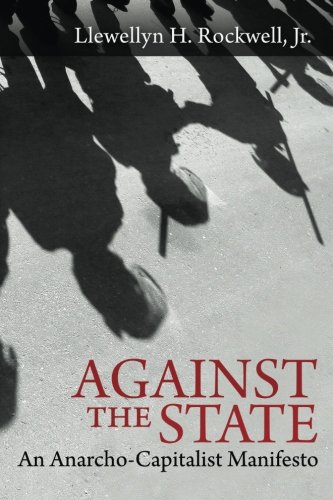GUALFIN, Argentina – Stocks have been wiggly-waggling along for the last few days.
Just like the tail on a happy dog.
Investors don’t know what to do…
And everyone is on the edge of his seat in anticipation of whether the Fed will raise interest rates at its policy meeting this week.
This must be the most anticipated move by a central bank in all history.
All Eyes on the Fed
 SJWs Always Lie: Takin...
Buy New $5.99
(as of 01:45 UTC - Details)
SJWs Always Lie: Takin...
Buy New $5.99
(as of 01:45 UTC - Details)
In a few days, Janet Yellen and her central banking cronies will decide whether to begin raising short-term interest rates.
Supposedly, the six-year emergency is over.
It’s time to help those interest rates up off the floor.
If the Fed does anything at all, it will probably do so little that it won’t make any real difference. Maybe an increase in the federal funds rate of one-quarter of a percentage point!
(This rate is the “base” interest rate in the economy. It’s the rate at which banks lend reserves – aka federal funds – to each other, usually overnight.)
But most likely, the Fed will do nothing… because nothing is the safest thing to do.
Yellen is well aware that there is always a last straw that breaks the camel’s back. Her main goal as Fed boss is to avoid being the one who puts it there.
Over the last six years, we’ve seen that fiddling with the price of credit does not really improve the economy. Japan taught us this a long time ago.
And just as dropping interest rates to the floor doesn’t really help, raising interest rates by a trifling amount won’t hurt much either. That should be a comforting thought.
But we say this with a bit of caution… Because it is also true that the Fed has put so much effort into backstopping asset prices, it may not be a pretty sight when investors realize that zero interest rates can’t go on forever.
 Against the State: An ...
Best Price: $5.02
Buy New $5.52
(as of 11:35 UTC - Details)
Against the State: An ...
Best Price: $5.02
Buy New $5.52
(as of 11:35 UTC - Details)
In theory, an economy is indifferent to the quantity of money. It merely adjusts prices – rapidly – to the volume and velocity of money.
But some prices adjust more quickly and easily than others. Stock prices, for example, are adjusted every second. In a few days of trading, stocks may lose half their value. Housing takes longer. And labor costs – wages – can be particularly “sticky.”
It is much easier to raise wages than to lower them. Employment contracts and compensation levels are rarely set more than once a year.
So, when the money supply falls, labor rates tend to remain stuck at high levels. This means that labor is too expensive relative to output (and the money supply)… forcing cuts in employment.
Nobody – not even us – wants that to happen.
Trees Don’t Grow to the Sky
The more immediate fear is simply that – if the Fed were to raise rates – investors would panic out of stocks…. or throw another “tantrum.”
We’ve had a little hint of that in the last few weeks. It must be on Janet Yellen’s mind.
What puzzles us is why investors haven’t already panicked. Corporate earnings have plateaued in 2015. World trade is declining.
 Swords Into Plowshares...
Best Price: $4.00
Buy New $15.99
(as of 11:36 UTC - Details)
Swords Into Plowshares...
Best Price: $4.00
Buy New $15.99
(as of 11:36 UTC - Details)
And so is what friend and economist Richard Duncan calls “excess liquidity.” (More on what that means for asset prices here.)
Even if you believe the official statistics, this recovery has been the weakest since the end of World War II.
Sooner or later, the bull market that began in March 2009 has to end.
“Trees do not grow to the sky,” say the old-timers.
Nope. There are limits to everything. And surely, there is a limit to the prices investors will pay for stocks.
In this go-round, we suspect we have already passed it.
Reprinted with permission from Bonner & Partners.




